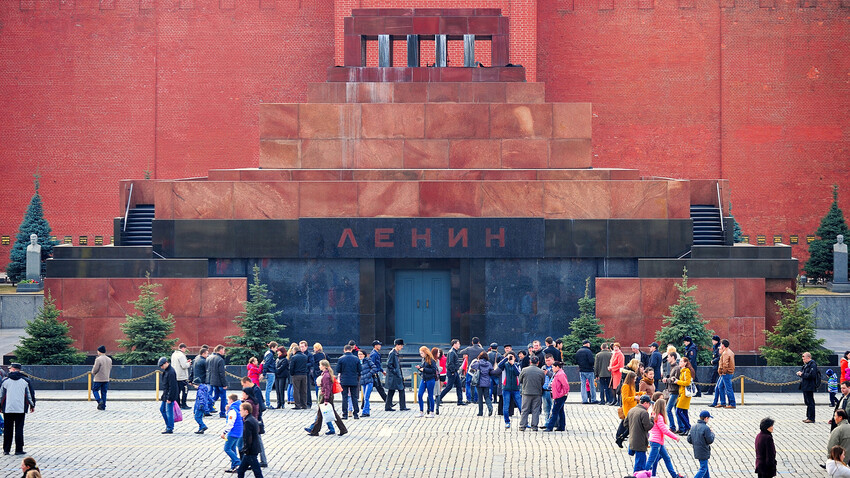
To be frank, it’s a stodgy experience. Highly likely, you won’t even be able to sight any details, as the lightning isn’t really bright. And you aren’t allowed to stay long, as it is forbidden to stop, even for a few seconds, while making a circle around the bulletproof glass sarcophagus in which Lenin’s body lies, because security will immediately ask you to leave. Despite this, many people visiting the capital still decide to visit it – so we asked them why.
Lenin’s health started deteriorating in 1922, due to atherosclerosis of the brain and, in 1924, the revolutionary died. At first, no one thought of preserving his body for so long and he was only embalmed for a public farewell. Six days after Lenin’s death, when the farewell was over, a wooden mausoleum was built to bury him, however people kept coming and coming. Thanks to doctor Alexei Abrikosov, who embalmed the leader, the body was well preserved, so the government decided to postpone the funeral.
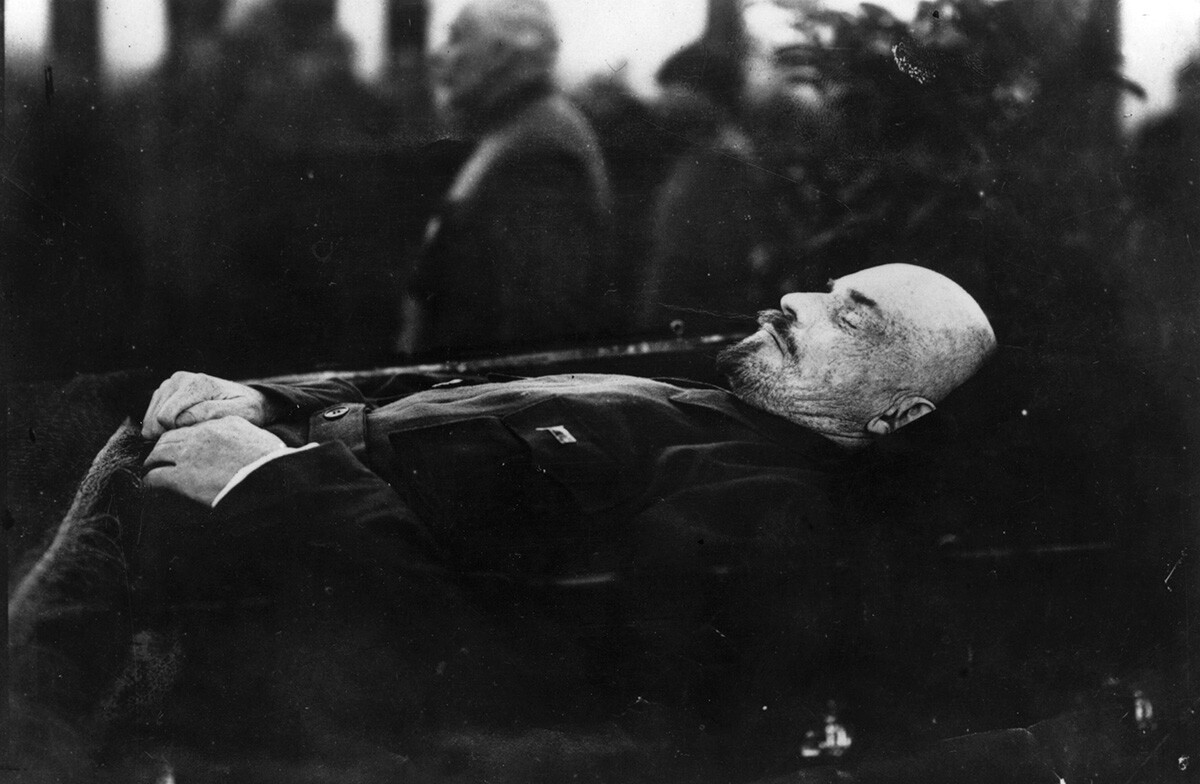
Circa 1924: Vladimir Ilyich Lenin lying in the Kremlin.
Hulton Archive/Getty Images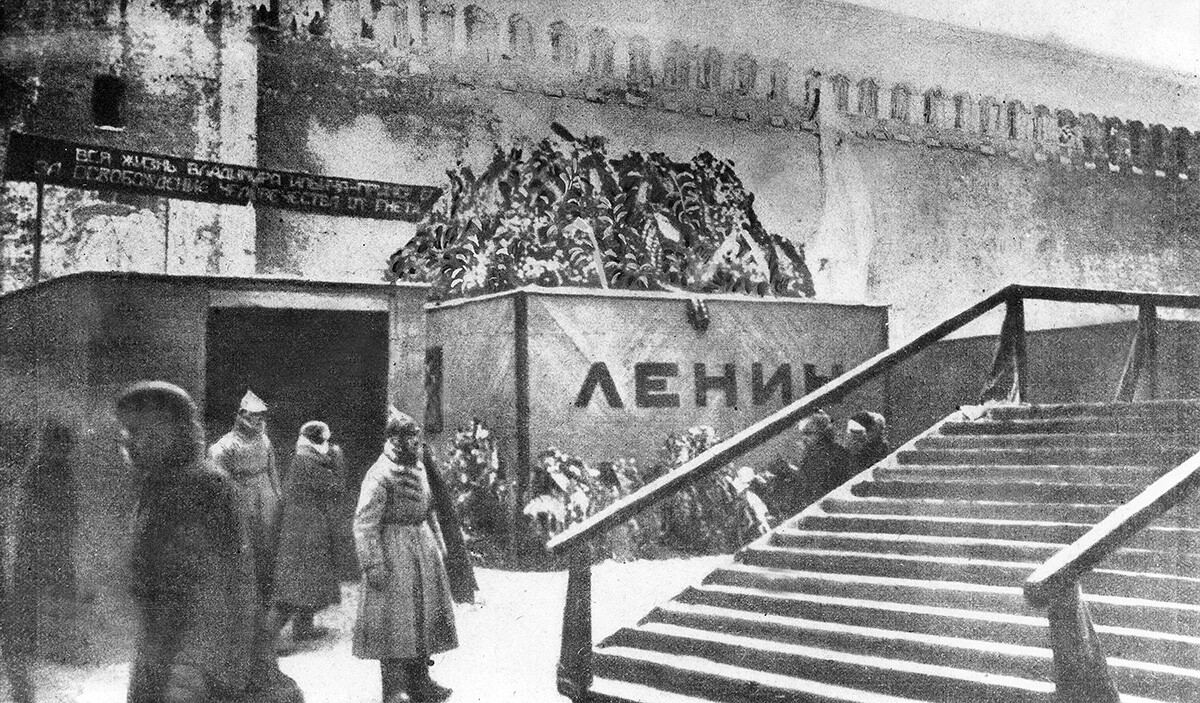
The wooden mausoleum was built hastily, so, in the Spring of 1924 it was decided to build a new tomb. At the same time, the first signs of decomposition began to appear, so the top members of the party had to think of a worthy way to bury their leader. On March 5, they finally came to the conclusion that it would be better to preserve the body for future generations – and, by the end of July, two chemists by the names of Vladimir Vorobyev and Boris Zbarsky had finished work on an experimental long-term type of embalming. While Lenin’s body was being embalmed once again, a new, better, yet still wooden, mausoleum was built by architect Alexey Shchusev. The granite mausoleum you can see on the Red Square today was only built in 1930, by the same architect. No one knew how long Lenin’s body would last – but here we are. Ninety-nine years later, the very same body lies in the tomb.
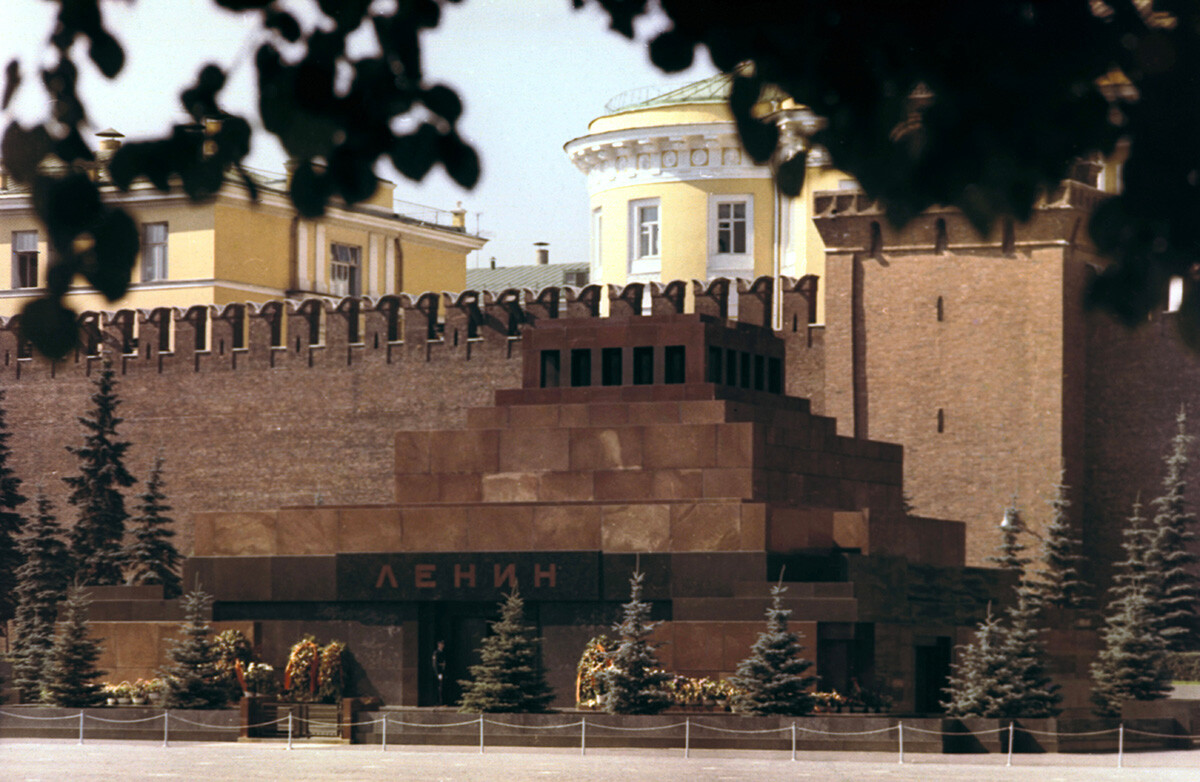
Lenin mausoleum, Red Square, Moscow, c1980.
Universal History Archive/Getty ImagesEver since the dissolution of the USSR, many advocated for a standard burial of Lenin’s body, saying that he doesn't represent modern Russia and its new ideas and values that have nothing to do with communism. Yet, no decision over his body was made so far.
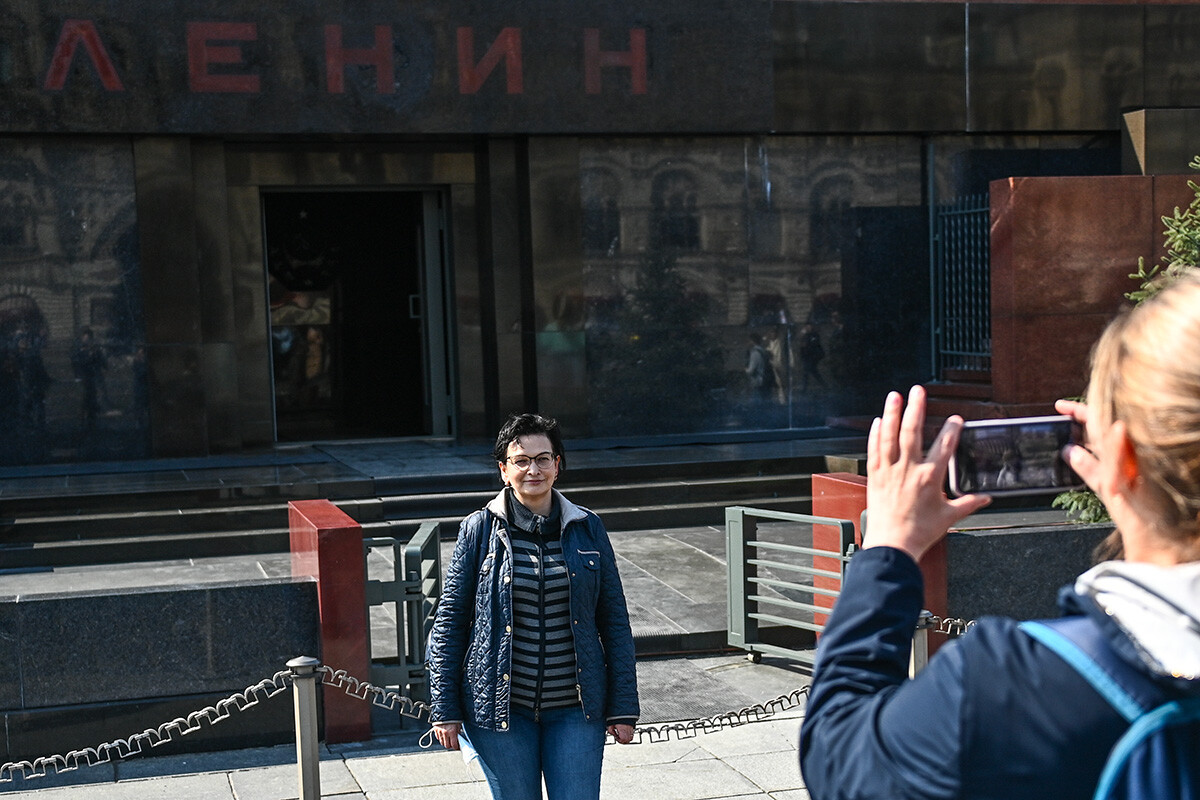
Indre Wanof from Indonesia believes that the experience is way more profound than it might sound and it's not just about seeing the body: "As a student interested in global histories and diverse cultures, I wanted to experience firsthand the place where one of the most influential figures of the 20th century is interred. Additionally, the architecture and solemnity of such places often provide unique insights into the nation's values, narratives and the ways in which they memorialize their leaders. Visiting such historical sites helps deepen my understanding and appreciation of Russia's rich tapestry of history.
The experience is more profound than it sounds. It's not just about seeing the body, it's about connecting with a significant moment in history, understanding the reverence many have for this figure and reflecting on the weight of Lenin’s influence on modern Russia." To Indre's opinion, the mausoleum simply cannot be boring.
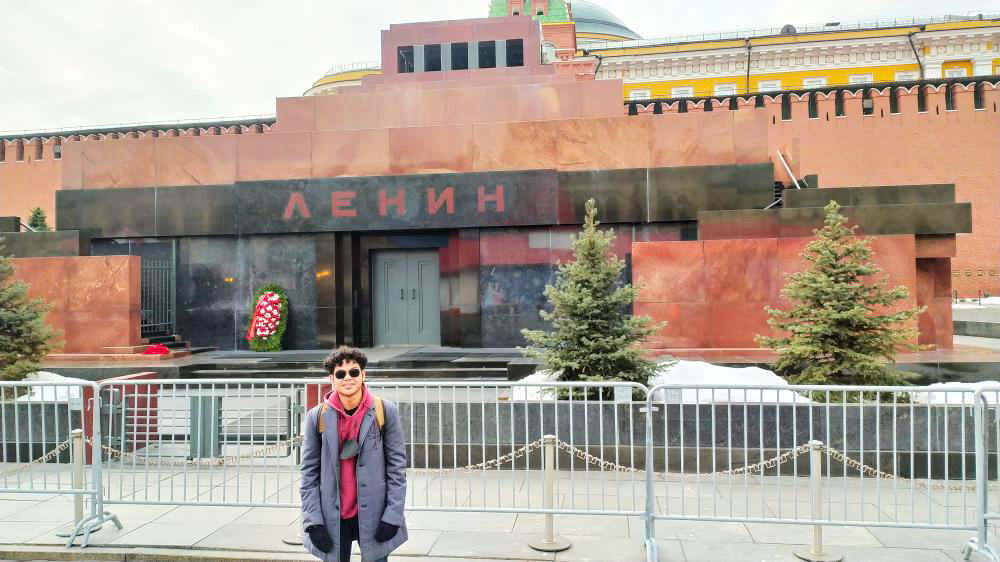
Indre next to the mausoleum.
A couple from China, meanwhile, said that they decided to visit for pretty much the same reason. Russia and China share a common history concerning communism and Lenin was a great revolutionary leader. As for the experience itself, they admitted that it wasn’t anything special, but they did it to experience this place full of history – and they didn’t regret waiting in the long line.
Deniz from Türkiye was in Moscow for a business trip and decided to visit the mausoleum, as he believes Lenin was an important figure in history. He also read a lot about him and, actually, he says he liked his visit and would recommend his friends to go, too. At the same time, he believes that it might be better to relocate the mausoleum, so it won’t be on the main square of the country – just like it is in his homeland. Ataturk’s mausoleum (Anitkabir) in Ankara is located pretty close to the city center, yet, not on the main Kizilay Square.
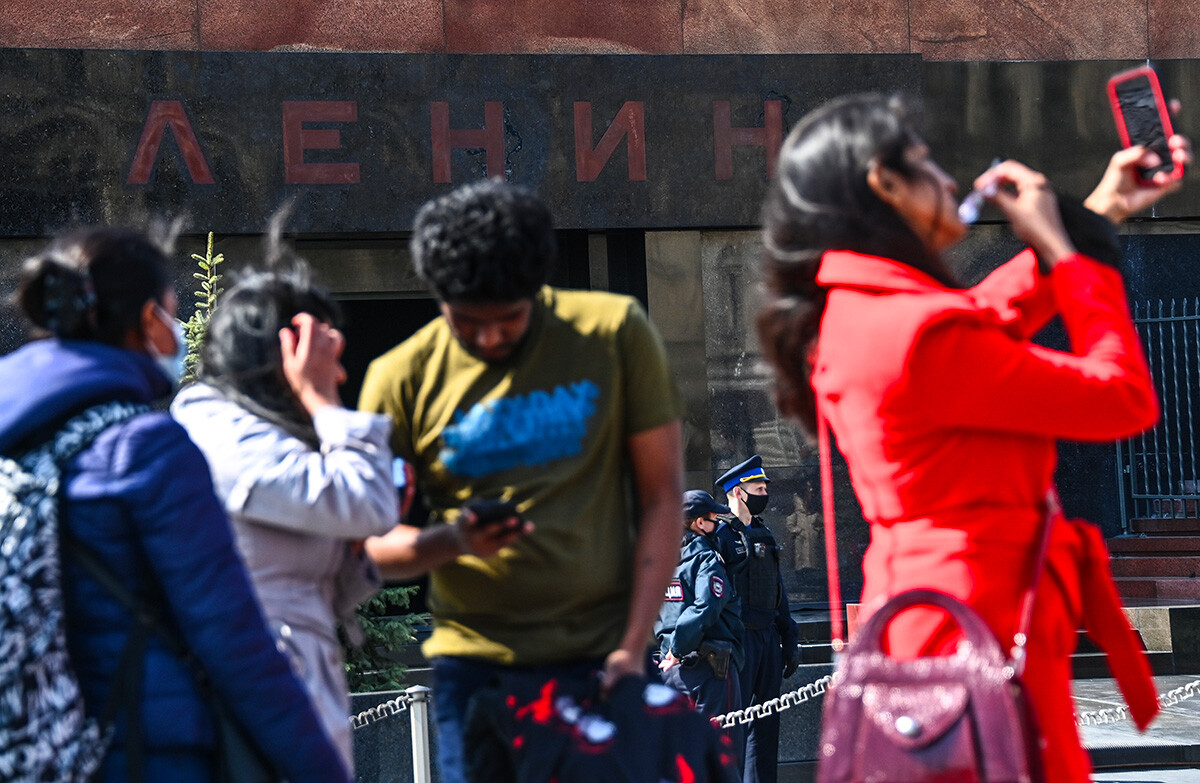
Deniz’s compatriot Berke told us it was her second visit to Russia – and she had visited the mausoleum both times. The first time, she came alone and, now, she wanted to show the country to her husband and sons. She admitted that the mausoleum itself was not much of an experience, as there’s nothing particularly interesting in it, but she considers Lenin a very important historical figure. And, in the end, it’s just something you do when you visit Moscow!
To be fair, not all tourists put the mausoleum on their sites-to-see list – we caught up with two girls from Dubai, UAE, who, as we thought, were heading towards the mausoleum. But, it turned out that they didn’t know what that building was at all. It was the first day of their first visit – and they just wanted to see the Moscow Kremlin and Red Square.
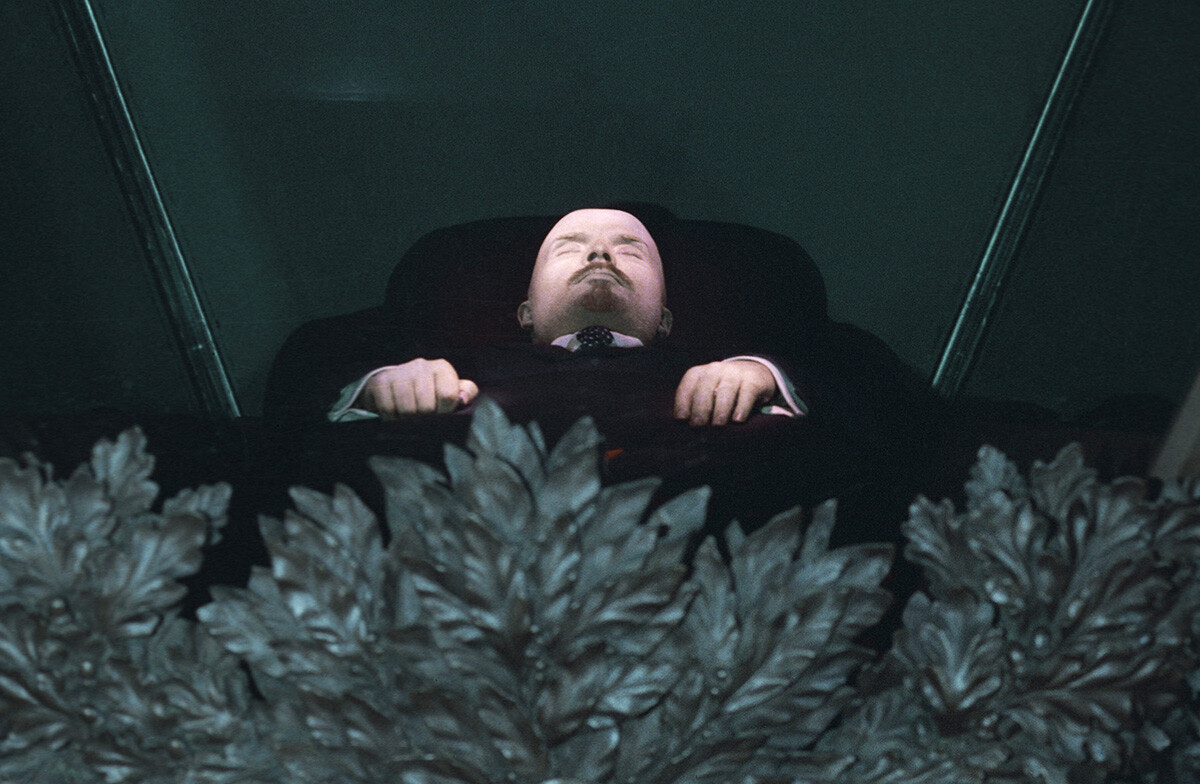
Dear readers,
Our website and social media accounts are under threat of being restricted or banned, due to the current circumstances. So, to keep up with our latest content, simply do the following:
If using any of Russia Beyond's content, partly or in full, always provide an active hyperlink to the original material.
Subscribe
to our newsletter!
Get the week's best stories straight to your inbox